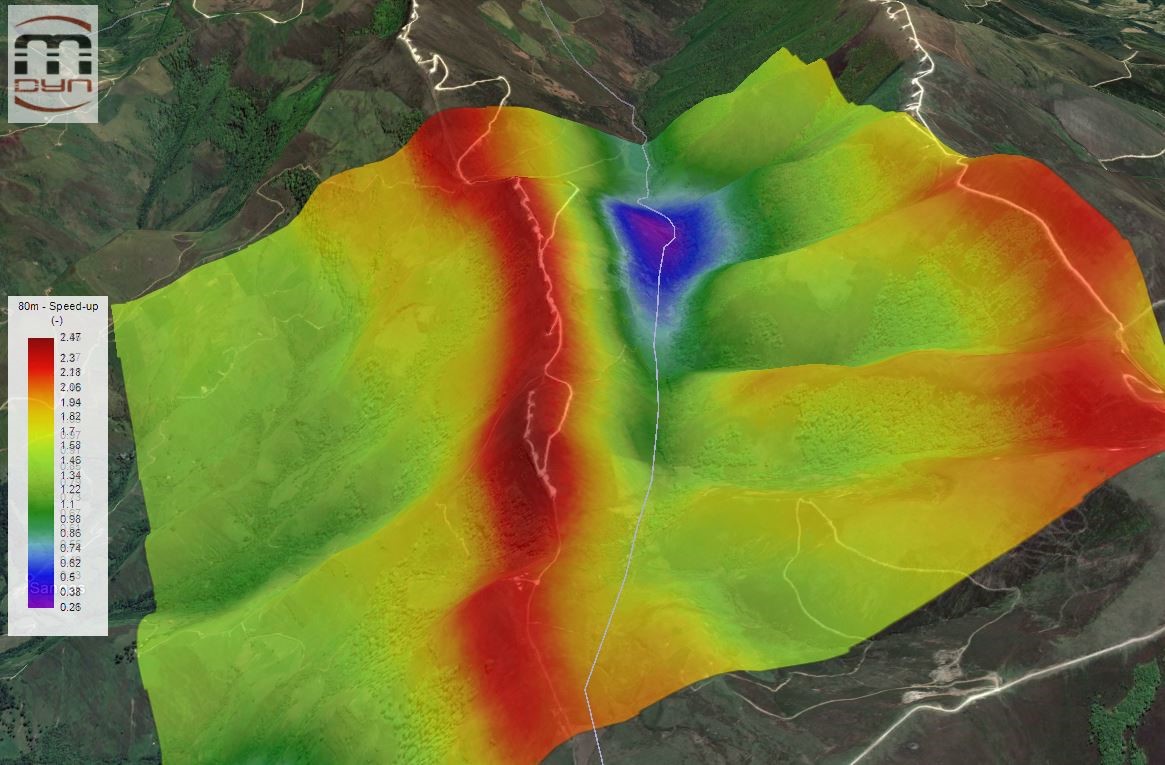Solution provides effective wind measurements in complex terrain
In order to produce a packaged 'white box' solution, where the different stages of processing are clearly visible to the user, Computational Fluid Dynamics (CFD) provider Meteodyn has collaborated with wind lidar company ZephIR Lidar. This addresses the challenge of taking lidar wind measurements in complex terrain. Data from lidars are now widely considered as being bankable for use in wind resource assessment campaigns.
The recently published IEC 61400-12-1 ed.2 introduces guidance on how to deploy a lidar for the purpose of wind turbine power performance testing.
Remote sensing devices calculate a mean wind speed vertically above the sensor location on the basis of measurements around a scanned area that typically encompasses a diameter comparable to the measurement height. Uniform flow ensures that measurements around the circumference of the sampling disk are representative of the wind speed at the scan centre in benign terrain. The averaged wind measurement is comparable to traditional met mast anemometry measurements allowing lidars to be used in stand alone operation without the need for additional on-site anemometry during a wind resource assessment campaign.
In strongly non-uniform flow, for example in complex terrain, measurements are often not the same across the scanned area and wind speeds measured by remote sensors will not necessarily be comparable to that experienced by traditional anemometry at the scan centre. A similar effect would be seen if comparing two met masts spaced some small distance apart in complex terrain – they are simply measuring different conditions that depends on their precise location.

Meteodyn and ZephIR Lidar have conducted a validation study lasting more than 18 months utilising multiple years of data in order to deliver a white box solution when taking measurements in complex terrain.
By using Meteodyn WT in complex terrain, a set of ‘factors’ can be computed that enable the conversion of measurements from a bankable ZephIR 300 wind lidar into comparable point measurements similar to those from conventional anemometry. This auditable white box process enables the traceability required by consultants for continued project financing based on data from ZephIR 300 alone by reducing the uncertainty between remote sensors and traditional anemometry in complex terrain.


